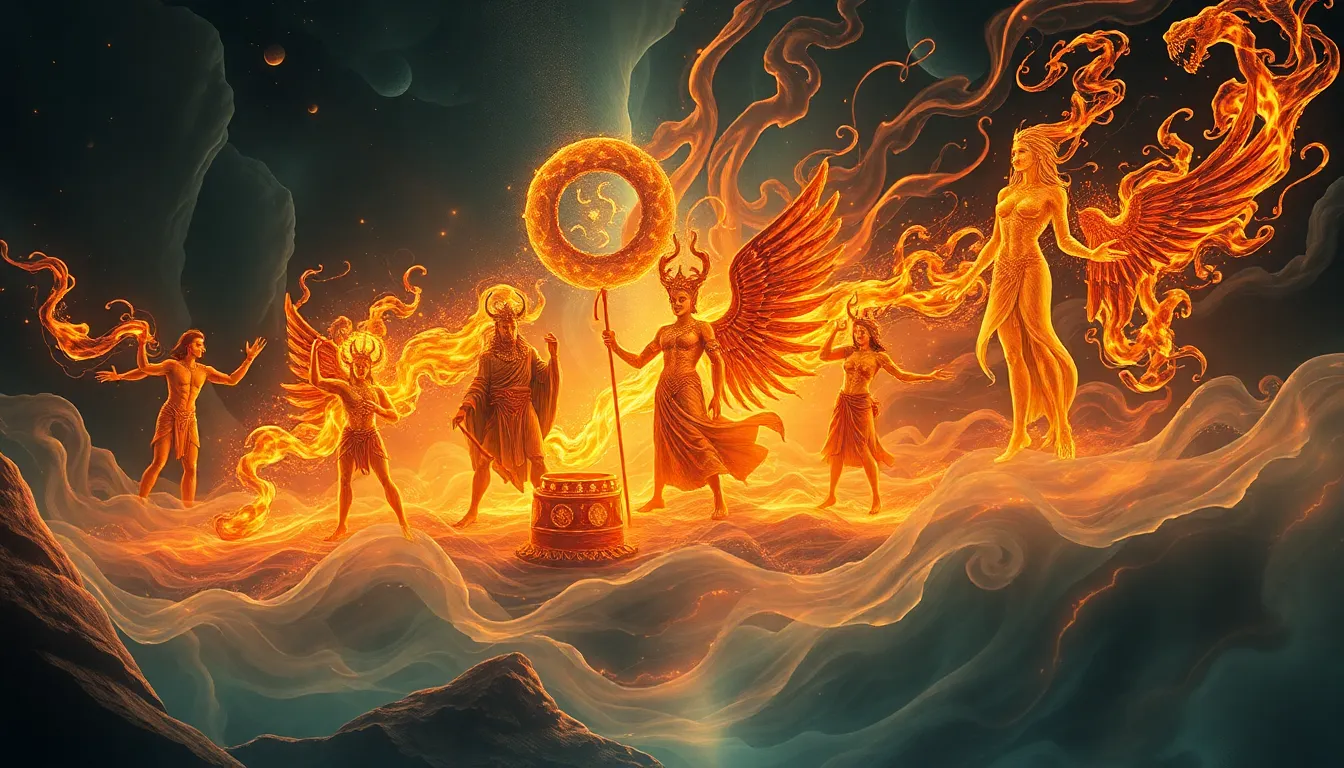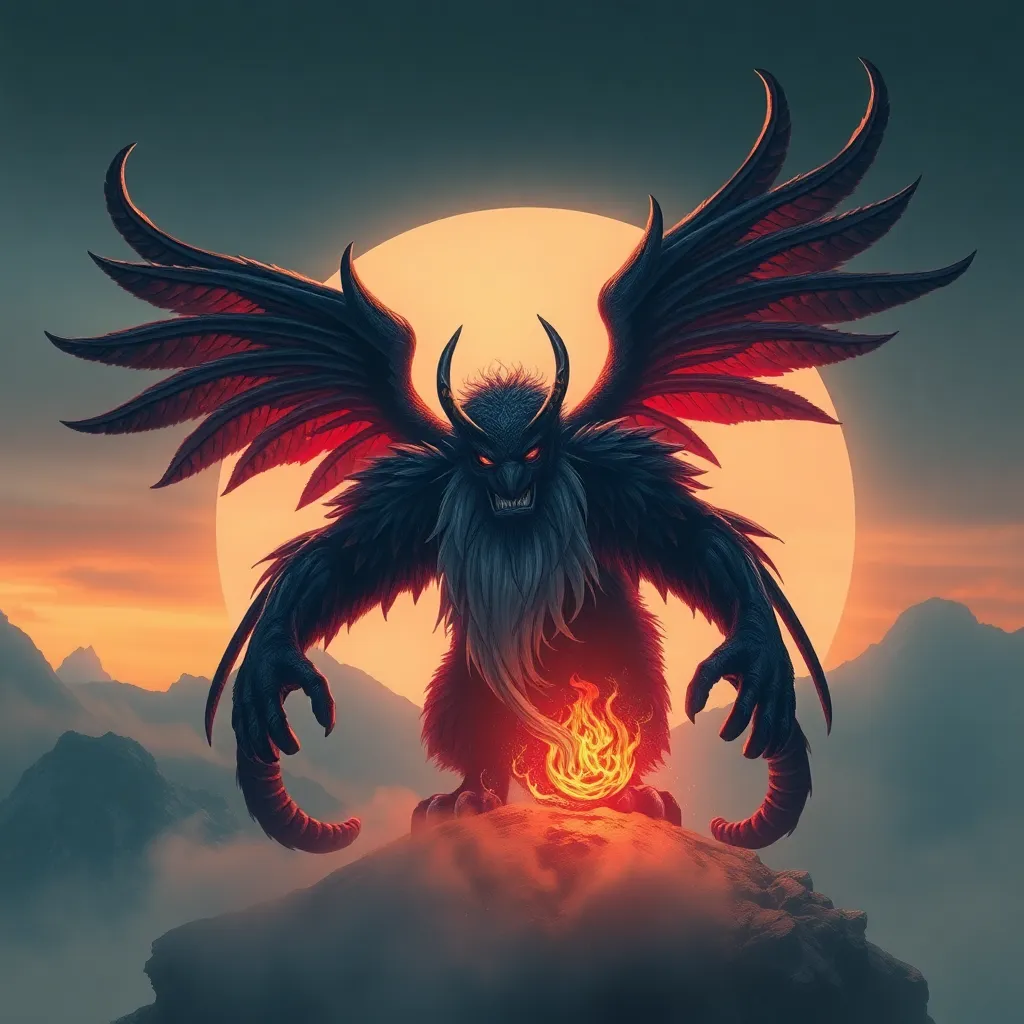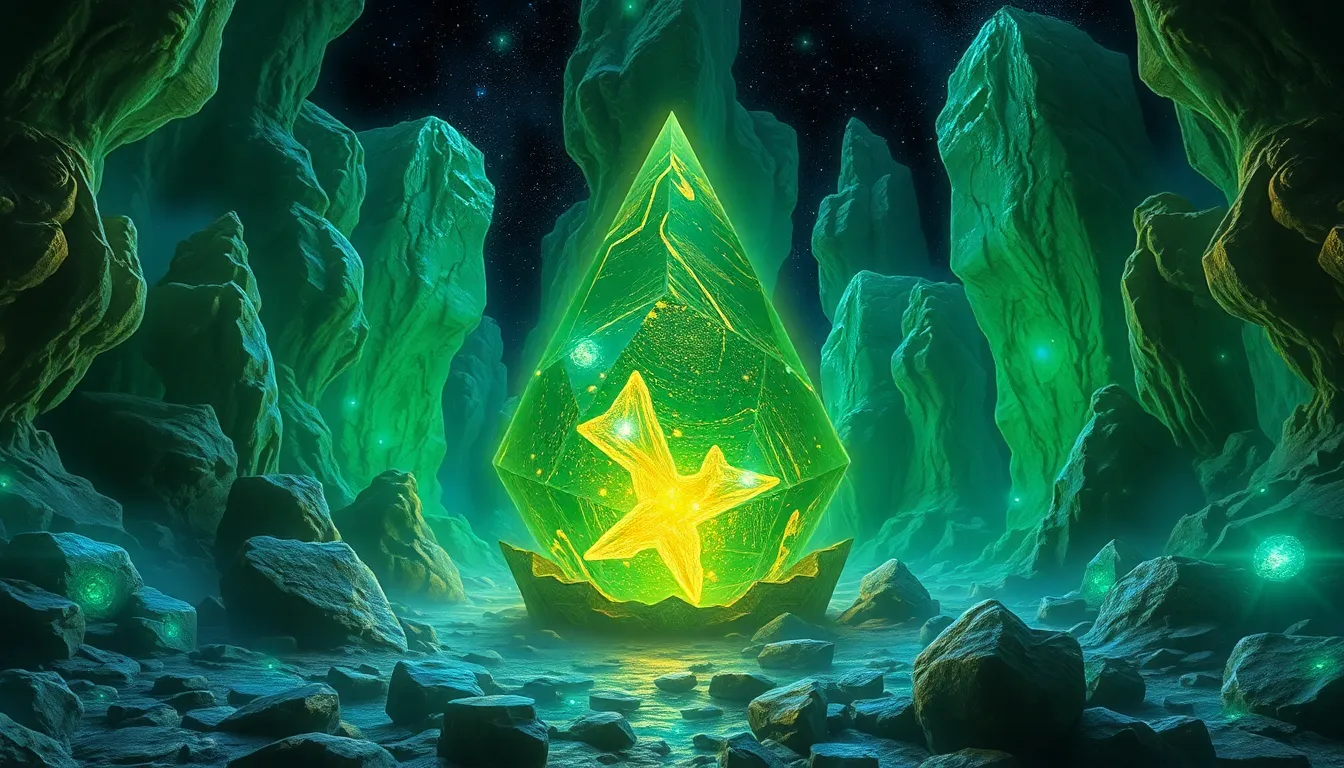Ancient Deities and Their Connection to the Elements: Myths Explored
I. Introduction
Ancient deities are divine beings worshipped in various cultures, often personifying natural forces and phenomena. These gods and goddesses play pivotal roles in the myths of their respective civilizations, embodying values, fears, and aspirations. One significant aspect of ancient mythology is the connection between these deities and the elements, which serves as a framework for understanding how ancient peoples perceived the world around them.
The relationship between deities and the elements—Earth, Water, Air, and Fire—is prevalent across many cultures, influencing their beliefs, rituals, and daily lives. Exploring these connections sheds light on the significance of the elements in shaping human experiences and the spiritual narratives that arise from them.
II. The Elements in Mythology
In ancient mythologies, the four classical elements—Earth, Water, Air, and Fire—represent fundamental aspects of existence. Each element is associated with specific qualities and corresponding deities that govern them.
- Earth: Represents stability, fertility, and nourishment.
- Water: Symbolizes life, transformation, and emotional depth.
- Air: Associated with intellect, communication, and freedom.
- Fire: Embodies passion, destruction, and transformation.
Cultural variations exist in how these elements are represented. For example, some cultures may prioritize one element over others, while others may view them as interconnected forces. The elements are not merely physical substances but are imbued with spiritual significance, influencing ancient beliefs about creation, existence, and the cosmos.
III. Earth Deities: Guardians of Fertility and Stability
Earth deities are often seen as guardians of fertility, stability, and the natural world. They symbolize the nurturing aspects of the earth and are frequently associated with agriculture and the cycles of nature.
Some notable Earth deities include:
- Gaia (Greek): The personification of the Earth, Gaia is often depicted as a nurturing mother who provides for all living beings.
- Pachamama (Inca): A revered goddess of fertility and agriculture, Pachamama is believed to be the source of life and sustenance.
- Geb (Egyptian): The god of the Earth, Geb is associated with fertility and is often depicted lying down, with the sky goddess Nut arching over him.
Myths surrounding Earth deities often illustrate their influence on agriculture and civilization. For instance, the Greek myth of Demeter and Persephone highlights the cycle of seasons and agricultural fertility, showcasing how the Earth deity’s actions directly impact human life.
IV. Water Deities: Sources of Life and Transformation
Water is a vital element in ancient societies, often regarded as a source of life and a means of transformation. Water deities embody the dual nature of water, representing both creation and destruction.
Prominent water deities include:
- Poseidon (Greek): God of the sea, earthquakes, and storms, Poseidon wields great power over water and is both a protector and a destroyer.
- Varuna (Hindu): The god of water and the celestial ocean, Varuna is associated with moral order and the cosmic law.
- Njord (Norse): A god of the sea and winds, Njord is revered for his ability to provide prosperity through fishing and seafaring.
Myths that showcase water’s duality often feature narratives of creation, such as the primordial waters in Hindu cosmology, as well as destruction, like the great floods in various cultures. These stories reflect the reverence and fear that water inspired in ancient peoples.
V. Air Deities: Messengers and Symbols of Freedom
Air plays a crucial role in mythological narratives, often symbolizing intellect, communication, and the divine connection between humans and the gods. Air deities are frequently depicted as messengers or facilitators of spiritual communication.
Notable air deities include:
- Aeolus (Greek): The keeper of the winds, Aeolus controls the winds and is often invoked by sailors seeking safe passage.
- Garuda (Hindu): A divine bird and vehicle of Lord Vishnu, Garuda symbolizes speed and the power of the wind.
- Thoth (Egyptian): The god of wisdom, writing, and knowledge, Thoth is often depicted with a baboon or an ibis and represents communication.
Myths surrounding air deities often highlight their role in communication and inspiration, such as Hermes’ role as the messenger of the gods in Greek mythology, who facilitates communication between mortals and deities.
VI. Fire Deities: Catalysts of Change and Destruction
Fire, with its dual nature of creation and destruction, represents transformation, passion, and chaos. Fire deities are often regarded as powerful forces that can bring both destruction and renewal.
Key fire deities include:
- Hephaestus (Greek): The god of fire and craftsmanship, Hephaestus represents the transformative power of fire in creation and destruction.
- Agni (Hindu): The god of fire and the acceptor of sacrifices, Agni is essential in rituals and represents the transformative nature of fire.
- Pele (Hawaiian): The goddess of volcanoes and fire, Pele embodies the destructive and creative forces of the earth.
Myths that explore themes of fire often emphasize transformation and rebirth. The story of the Phoenix, a bird that rises from its ashes, symbolizes cyclical regeneration and the eternal nature of life.
VII. The Interconnections Between Deities and Elements
Many deities embody multiple elements, showcasing the interconnectedness of these forces in mythology. For instance, a deity like Poseidon not only rules over water but also has associations with storms (air) and earthquakes (earth).
The concept of elemental balance is prevalent in many mythologies, indicating that harmony among the elements is necessary for stability in the cosmos. Cross-cultural comparisons reveal that while the elements may be personified differently, the underlying themes of balance and interconnectedness remain consistent.
VIII. Modern Interpretations and Relevance
In contemporary society, the influence of ancient deities and their elemental associations persists. Many modern spiritual practices draw upon these ancient myths, integrating elemental symbolism into rituals and beliefs. The reverence for nature and the elements can be seen in various movements advocating for environmental awareness and sustainability.
Furthermore, the exploration of these ancient narratives provides valuable insights into human psychology, culture, and the enduring quest for meaning. Understanding the connections between deities and the elements allows for a deeper appreciation of the rich tapestry of human history and the universal themes that continue to resonate today.



